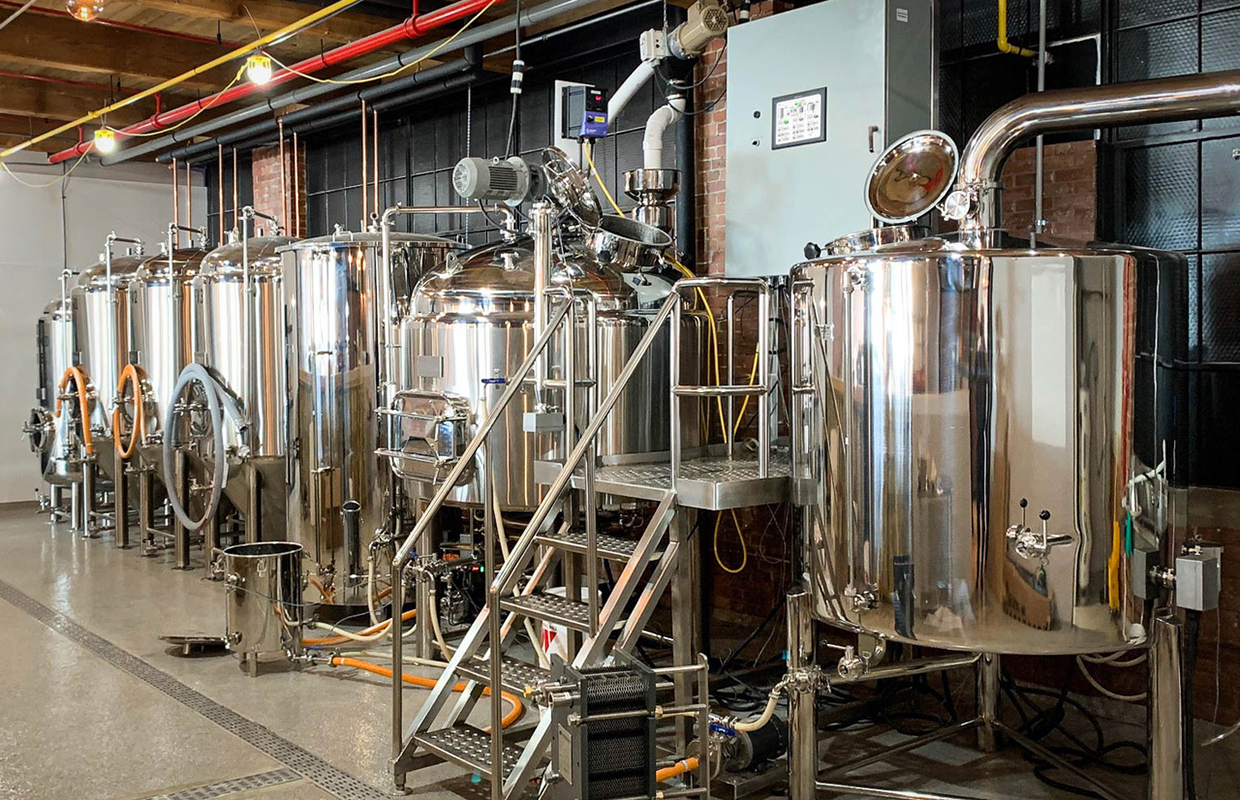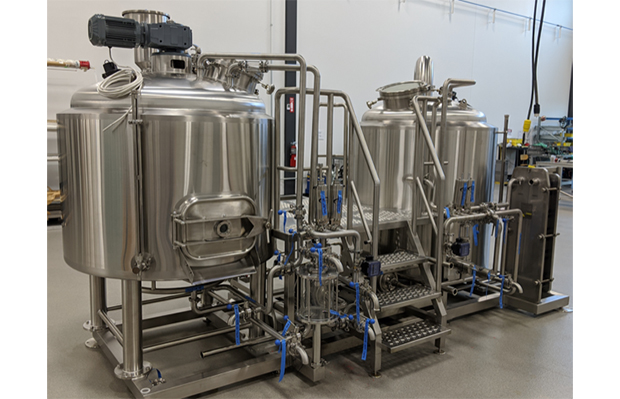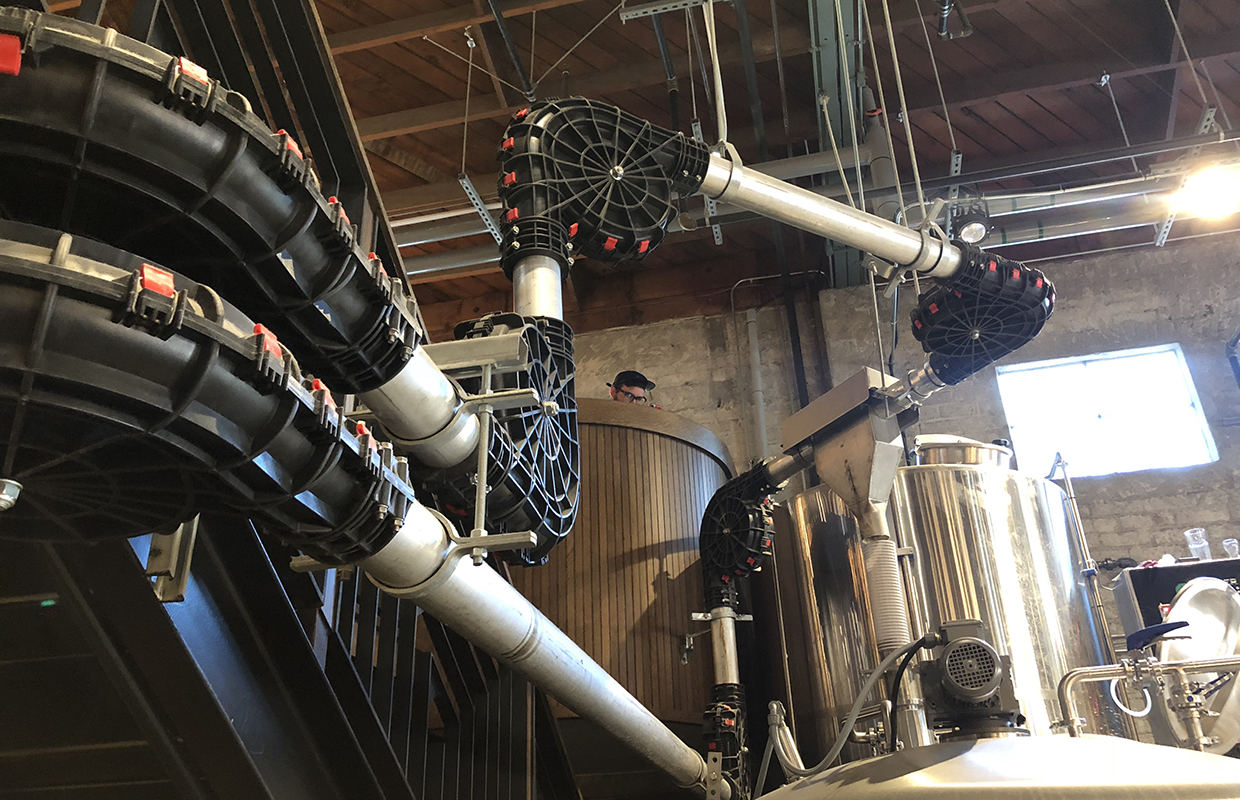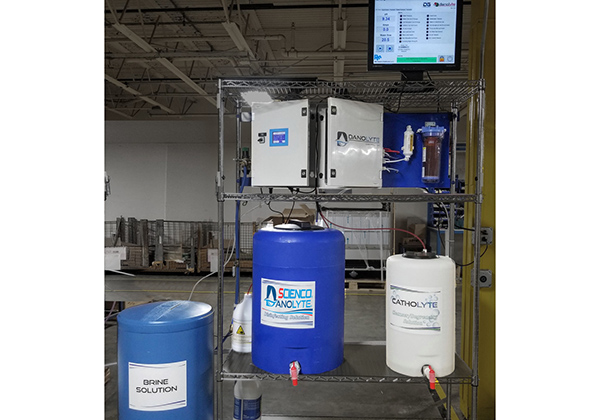
As your brewery adjusts to a fast-changing landscape, remember to consider how changes you’re making impact your insurance coverage.
Running a brewery is tough enough. Then came coronavirus.
Craft breweries across the country have had to shift gears faster than ever before as the pandemic has evolved, non-essential businesses have had to close, and states like California have issued stay-at-home orders.
And shift gears they have.
But as your craft brewery continues to navigate through this fast-changing landscape, keep in mind that some of the adjustments you’re making could have business implications that you’ll need to guard against.
SERVICE CHANGES
With many states prohibiting dine-in service at bars and restaurants, breweries and brewpubs have had to change the ways they serve customers. The focus on packaged beer has heightened. So has creativity in packaging (variety packs, for instance, that allow customers to purchase a 4-pack that contains cans of four different beers). Single-use crowlers have overtaken re-fillable growlers. Customers can place orders in advance, typically online, and then come to a brewery to pick up that order. Many breweries are even doing local deliveries to make the sale and get their beer in the glasses of the consumers.
“These are all smart adjustments, but they can impact a brewery’s insurance needs,” says Kristian Beall, AAI, of Beall Brewery Insurance, which works with craft breweries across the country, from start-up microbreweries to regional craft breweries with multi-state distribution.
“If your brewery has moved into delivery, how does that impact your commercial auto insurance? If you’re canning or bottling more than you did before, did you make sure your property and commercial breakdown insurance coverage has kept pace? The last thing you want is for your canning line to go down, and you’re struggling to pay for repairs.”
ROLE CHANGES
Temporary lay-offs have forced brewery skeleton crews to take on roles that are new to them. Office staff is now pouring, and production teams are taking beer orders. It’s an all-hands-on-deck situation. Remaining staff is doing whatever it takes to keep the doors open and the beer flowing.
“Liquor liability is one of the top three most severe craft brewery losses—and even in this complicated time, it’s important to protect your brewery against this risk,” points out Richard Beall, principal of Beall Brewery Insurance.
“If you have office staff pouring, you need to make sure they’re trained in regulations and ordinances regarding underage serving, how to identify signs of intoxication, and everything else your bar staff would be trained to know and do.”
BEER LINEUP CHANGES
Some breweries are changing what they brew, moving from fast-fermenting IPAs to more time-intensive beer styles. After all, they have time to craft those brews before customers fill the tasting room again. Other breweries are releasing seasonal brews early, so consumers can enjoy a favorite brew without having to wait for summer, for instance.
BUT SOME THINGS DON’T CHANGE
The craft beer industry has long demonstrated a dedication to helping where help is needed. One Southern California brewery hosted a “pop-up blood drive.” Other breweries are brewing beers for pandemic relief.
And, of course, brewery staff is diving deep into available resources, including the CARES Act, and taking advantage of everything available to them.
“It’s not news that craft breweries are agile,” says Kristian Beall. “They’re accustomed to shifting gears to get a better foothold in the marketplace and take advantage of trends.
“But the COVID-19 pandemic has made that agility more vital than ever before.”
It’s important to keep in mind, though, that your brewery shouldn’t shift gears so quickly that you don’t take into consideration how those changes impact your business as a whole, and the insurance protection your brewery requires.
“The best thing to do is contact your brewery insurance agent, and talk about changes you’re making to business operations,” says Richard Beall. “Get the facts about how those changes may impact your insurance coverage, and adjust accordingly.
“The last thing you want is to be hit by a claim and discover you don’t have the coverage you need to respond to it.”




Be the first to comment